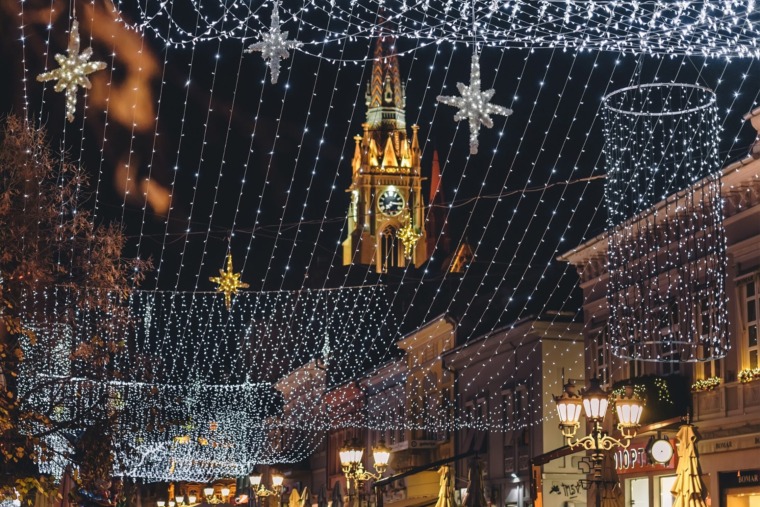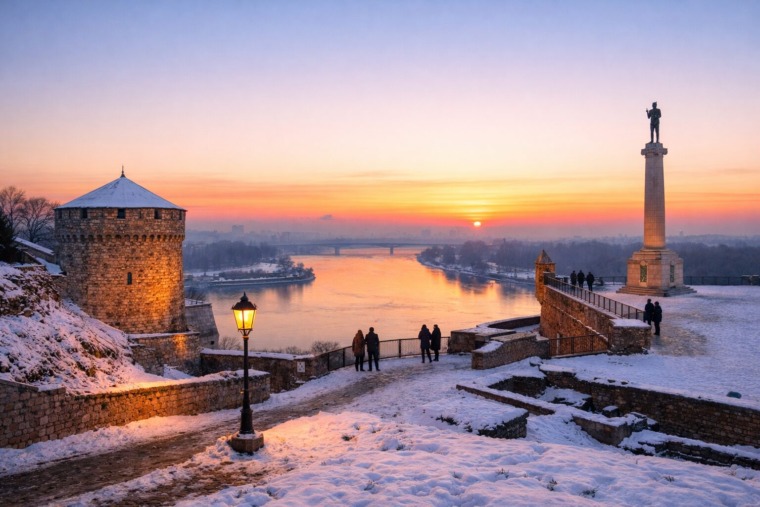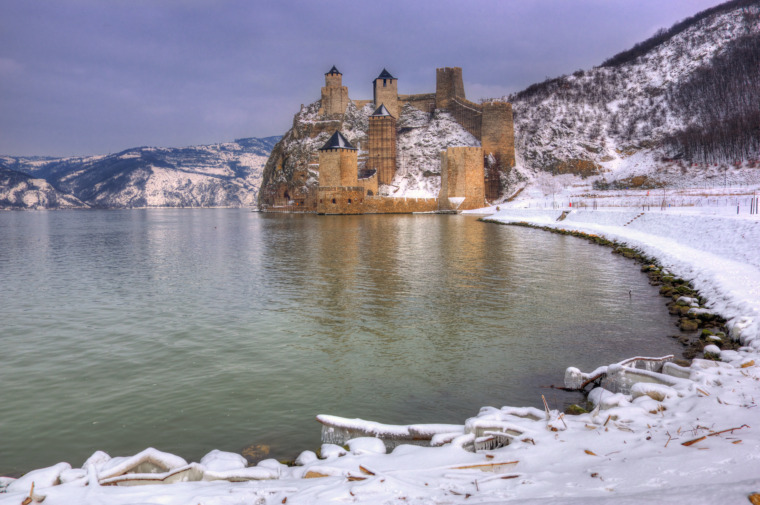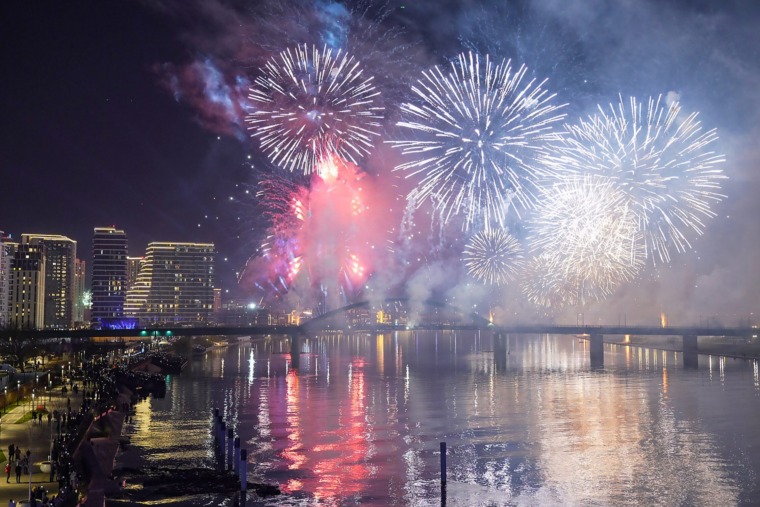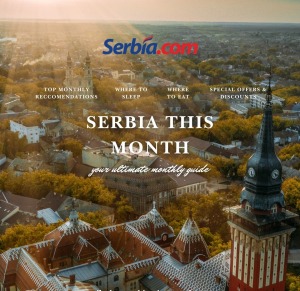

Serbia, a country rich in history, culture, and natural beauty, is home to several UNESCO World Heritage Sites that reflect its diverse heritage. These sites offer a glimpse into the past, showcasing the architectural, cultural, and natural treasures that have shaped the nation. In this article, we’ll explore the significance of each UNESCO site in Serbia, highlighting their unique features and the stories they tell.
1. Stari Ras and Sopoćani
Location: Novi Pazar
Inscription Year: 1979
Stari Ras and Sopoćani, nestled in the rolling hills of southwestern Serbia, are two remarkable historical sites that together tell the story of a vibrant medieval past. Stari Ras, once the capital of the Serbian state in the 12th century, is a treasure trove of archaeological remnants, showcasing fortifications and religious structures that reflect the region’s tumultuous history and cultural evolution.
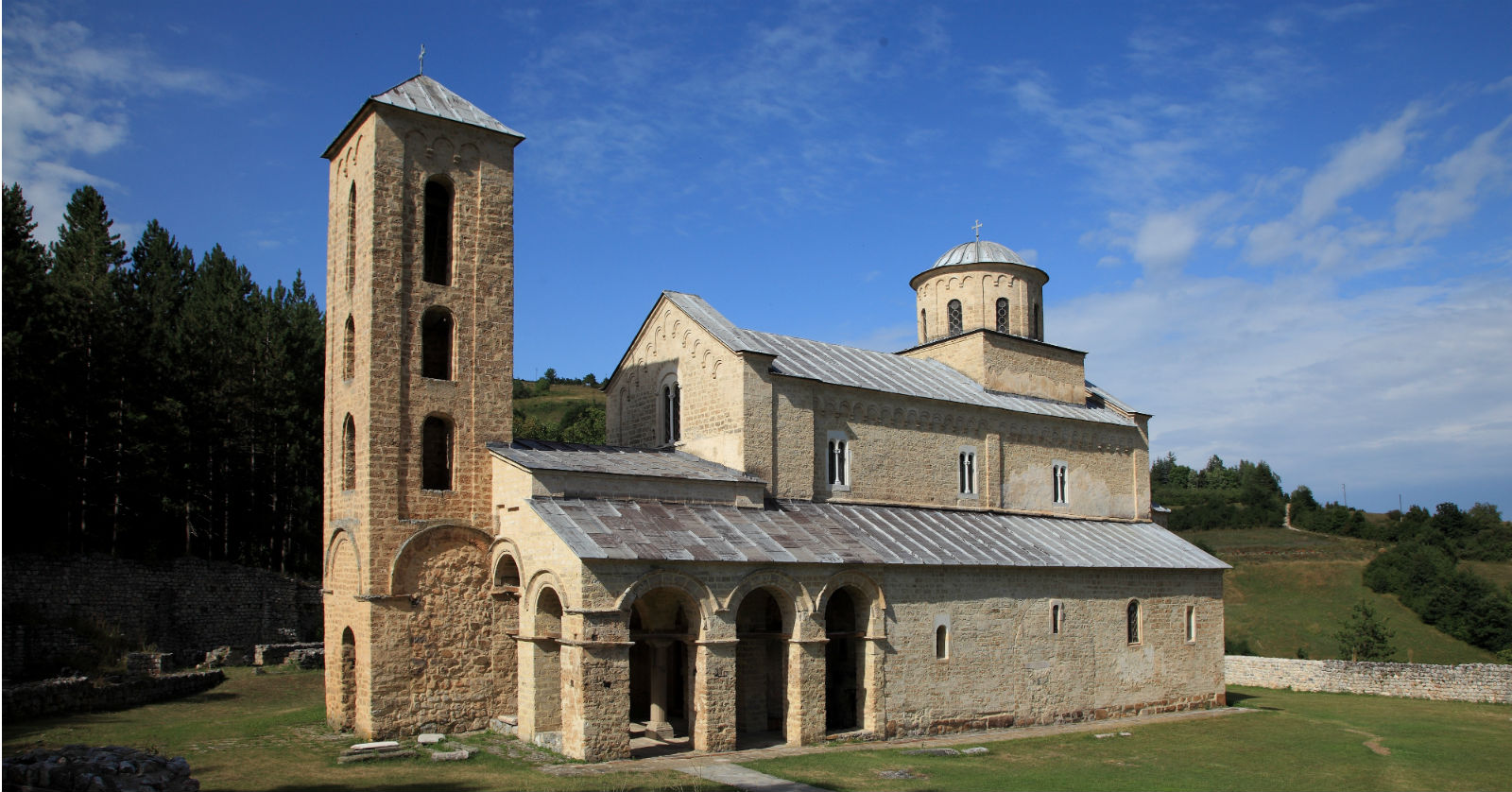
Just a short distance away, the Sopoćani Monastery, founded in the 13th century, stands as a stunning example of Byzantine art and architecture. Its frescoes, celebrated for their vivid colors and expressive figures, are considered masterpieces of medieval Serbian painting. Both sites are not only UNESCO World Heritage sites but also symbols of resilience and artistic achievement, drawing visitors into the rich tapestry of Serbia’s heritage. Together, they offer a glimpse into a bygone era, where faith, politics, and artistry intertwined to shape a nation.
2. The Studenica Monastery
Location: Near Kraljevo
Inscription Year: 1986
The Studenica Monastery, founded in the 12th century by Stefan Nemanja, is a prime example of medieval Serbian architecture. This magnificent monastery is renowned for its stunning frescoes and its role as a center of spiritual life and literacy in medieval Serbia.
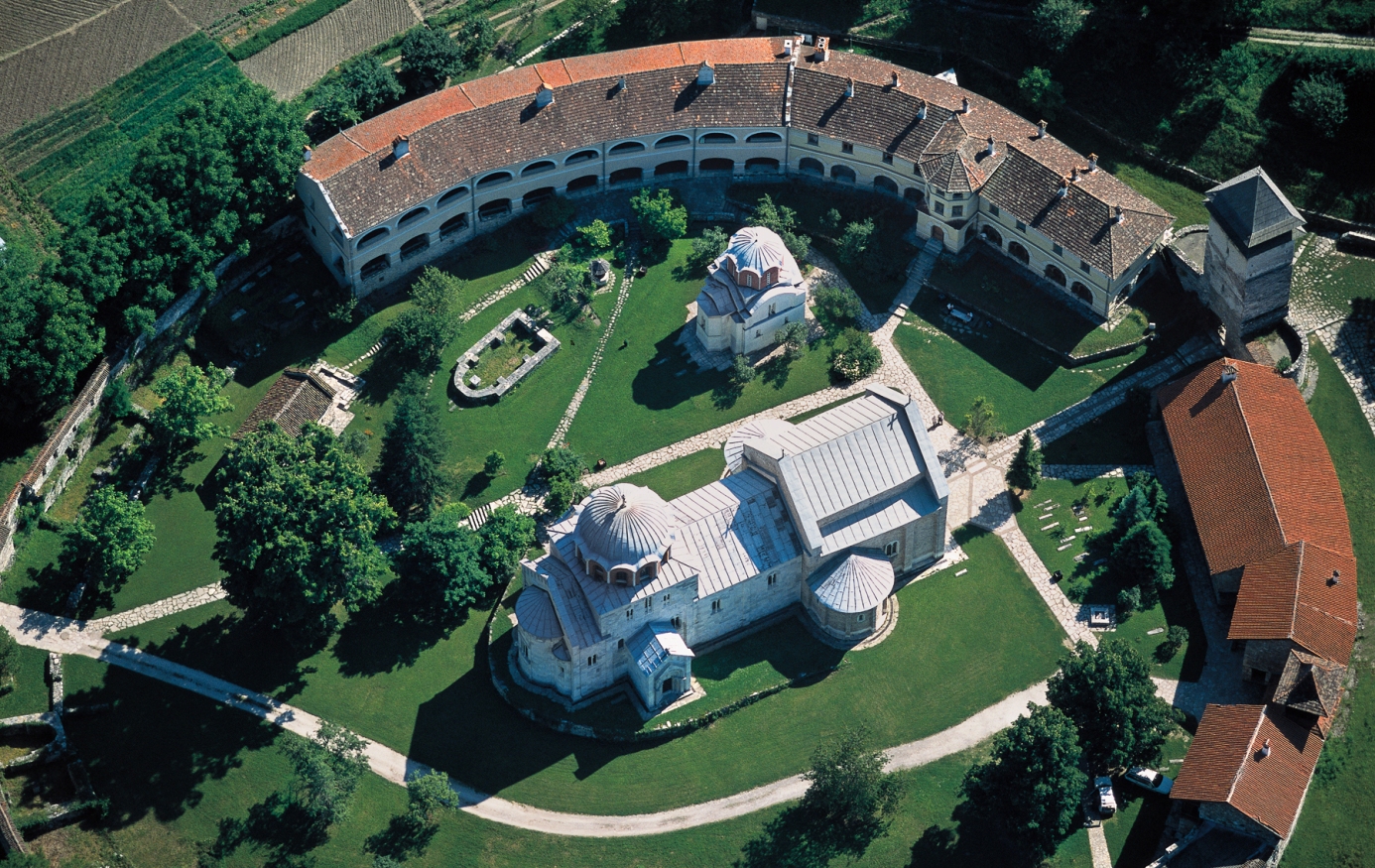
The combination of the white marble of the church and the surrounding lush nature creates a serene atmosphere, making it a must-visit for those interested in history and spirituality.
3. The Medieval Monuments in Kosovo and Metohija
Location: Kosovo and Metohija
Inscription Year: 2004
This group of monuments includes the Dečani Monastery, the Patriarchate of Peć, and the Gračanica Monastery. These sites are exemplary of Serbian medieval architecture and art, representing the flourishing of culture during the 13th to 17th centuries.

The frescoes, intricate stone carvings, and unique architectural styles speak to the rich spiritual heritage of the Serbian Orthodox Church. Although politically sensitive, these sites are invaluable for understanding the history and culture of the region.
4. The Gamzigrad-Romuliana, Palace of Galerius
Location: Near Zaječar
Inscription Year: 2007
Gamzigrad-Romuliana is an archaeological site that features the ruins of a late Roman palace complex built by Emperor Galerius in the early 4th century.

Recognized for its well-preserved architecture, including fortifications and thermal baths, this site illustrates the grandeur of Roman provincial architecture. The complex is surrounded by beautiful landscapes, making it a fascinating destination for history enthusiasts and nature lovers alike.
5. Representative List of the Intangible Cultural Heritage of Humanity
This list includes the following elements in Serbia: Slava (2014), Kolo — traditional folk dance (2017), Singing to the accompaniment of the Gusle (2018), and Zlakusa pottery making, hand-wheel pottery making in the village of Zlakusa (2020).
Slava or Patron Saint Day – Along with an icon, slava cake, wine, slava wheat and a candle, almost every family celebrates their orthodox patron saint, while remembering their ancestors. Transferred from one generation to another, today Krsna slava is a foundation of origin and identity, which has been guarding faith and tradition for years.
Kolo – A typical form of Serbian folk dance is “kolo.” It is a chain of dancers holding each other’s dancing, ideally in a circle. After “kolo” comes “lesa” – a single chain in line or in two parallel lines, moving left and right, back and forth.
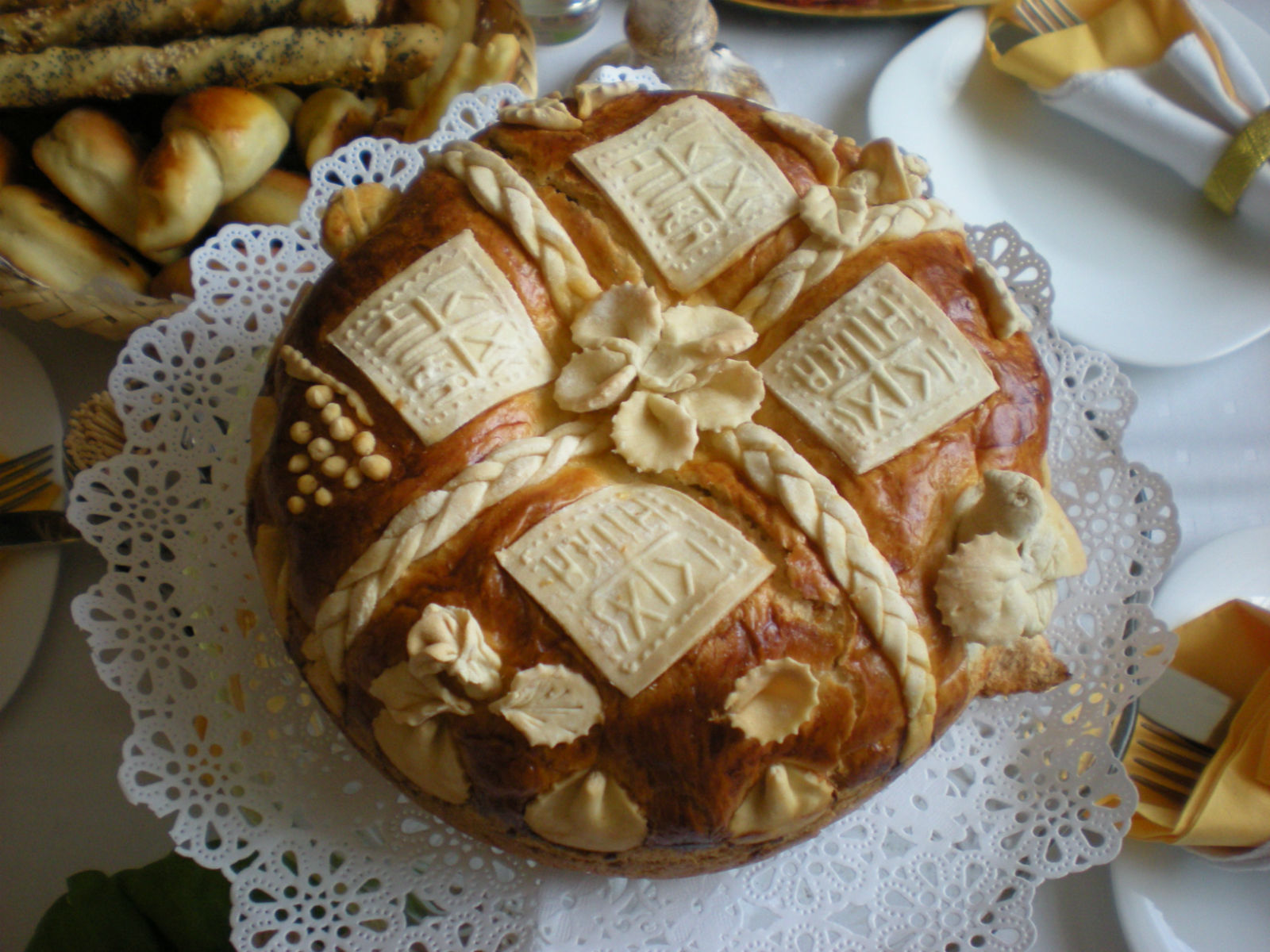
Singing to the accompaniment of the Gusle (2018) – Gusle are as equal part of traditional music which neither time nor modern influences could manage to replace and repress. Even in the Bible and the Odyssey, there was a word about the instrument made of only one piece of wood, usually dry and pressed maple or nut, and rarely of oak or other species, but also made of squashes. Like shepherds made their pipes, this instrument has often been made by guslars themselves, and single-wire gusle are typical for Serbia.
Zlakusa pottery making – Zlakusa gained worldwide fame because of the clay pots that are made here, using an old and unchanged technique. Artisan potters from Zlakusa make excellent pots, đuvečare (similar tocasserole), sač (a lid made of metal or ceramic) and many other dishes. Pottery is made in various sizes, shapes and with different motifs. Many people use them as ornaments for their homes, offices, restaurants or backyards; but this is not the primary use of these handmade and unique items.
6. The Site of Special Natural Beauty: The Iron Gates
Location: Along the Danube River
Inscription Year: 2017 (as part of the larger “Iron Gates Natural Park” initiative)
The Iron Gates region showcases a spectacular natural landscape, with steep cliffs and a rich diversity of flora and fauna.

The area is not only significant for its natural beauty but also for its archaeological sites that date back to the Paleolithic era. The combination of history, biodiversity, and breathtaking scenery makes this site a crucial part of Serbia’s natural heritage.
Conclusion
Serbia’s UNESCO World Heritage Sites are a testament to the country’s rich history and cultural diversity. Each site tells a unique story, offering insights into the architectural styles, religious practices, and natural beauty that characterize this fascinating region.
As global interest in cultural heritage continues to grow, these sites serve as important reminders of the past and the need to preserve such treasures for future generations. Exploring these sites enhances our understanding of Serbia’s heritage and deepens our appreciation for the interconnectedness of cultures worldwide.
Related Articles


10 Dishes That Must Be on a Serbian New Year’s Table
December 24, 2025
Tourist Holiday Guide to Serbia: Tips, Traditions & What to Expect
December 20, 2025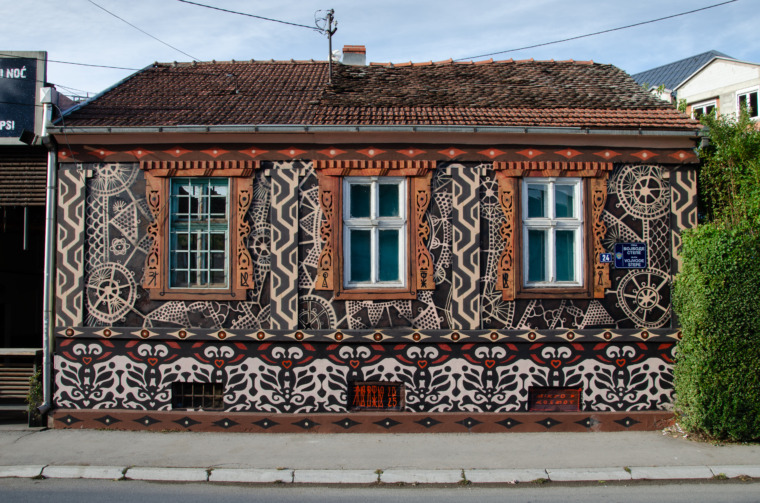
Čačak: Serbia’s Open-Air Gallery of Murals
December 19, 2025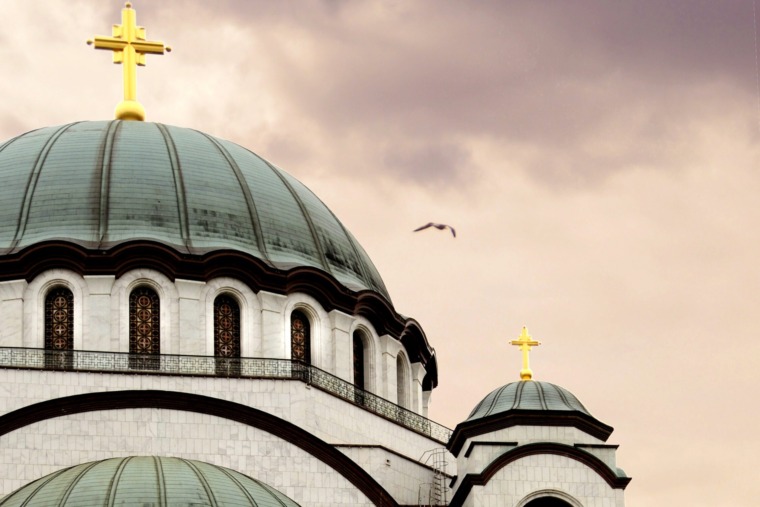
Belgrade: From Filming Location to Film Capital in the Making
December 18, 2025